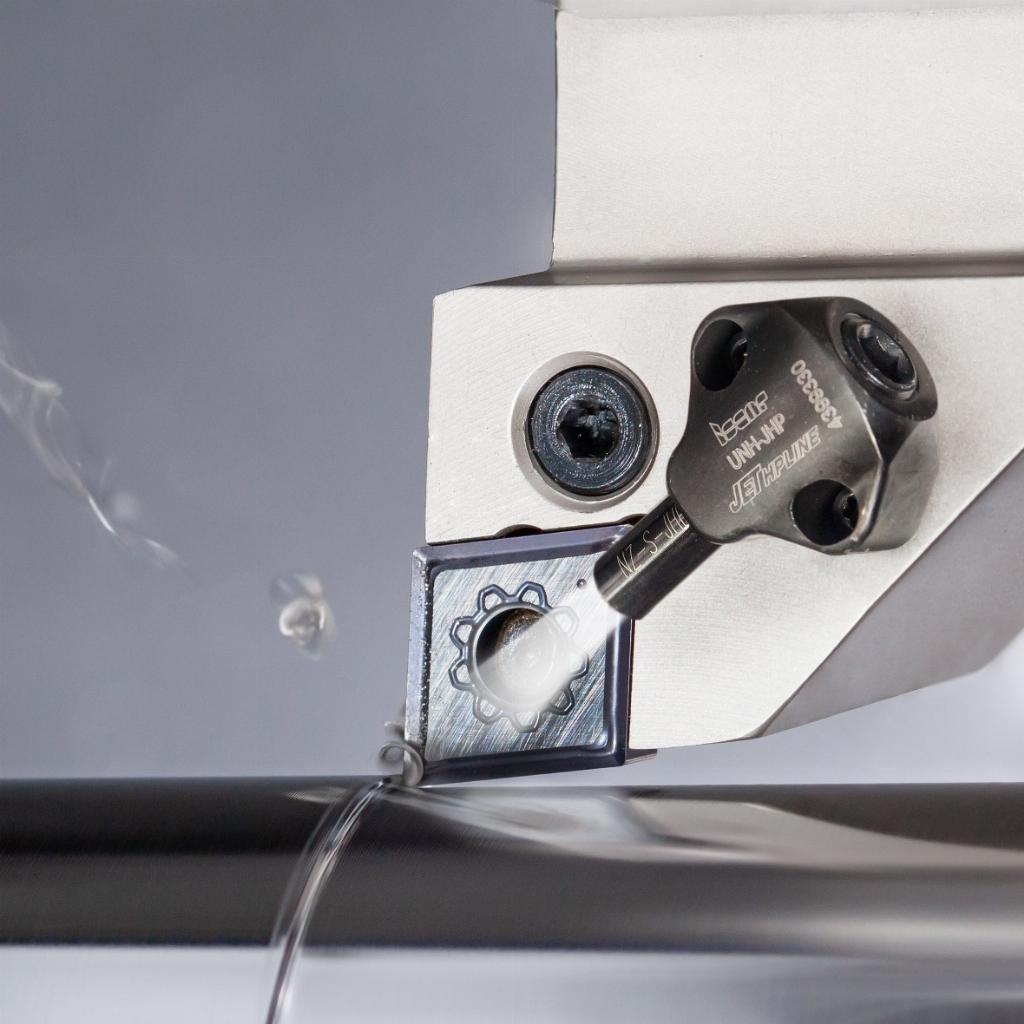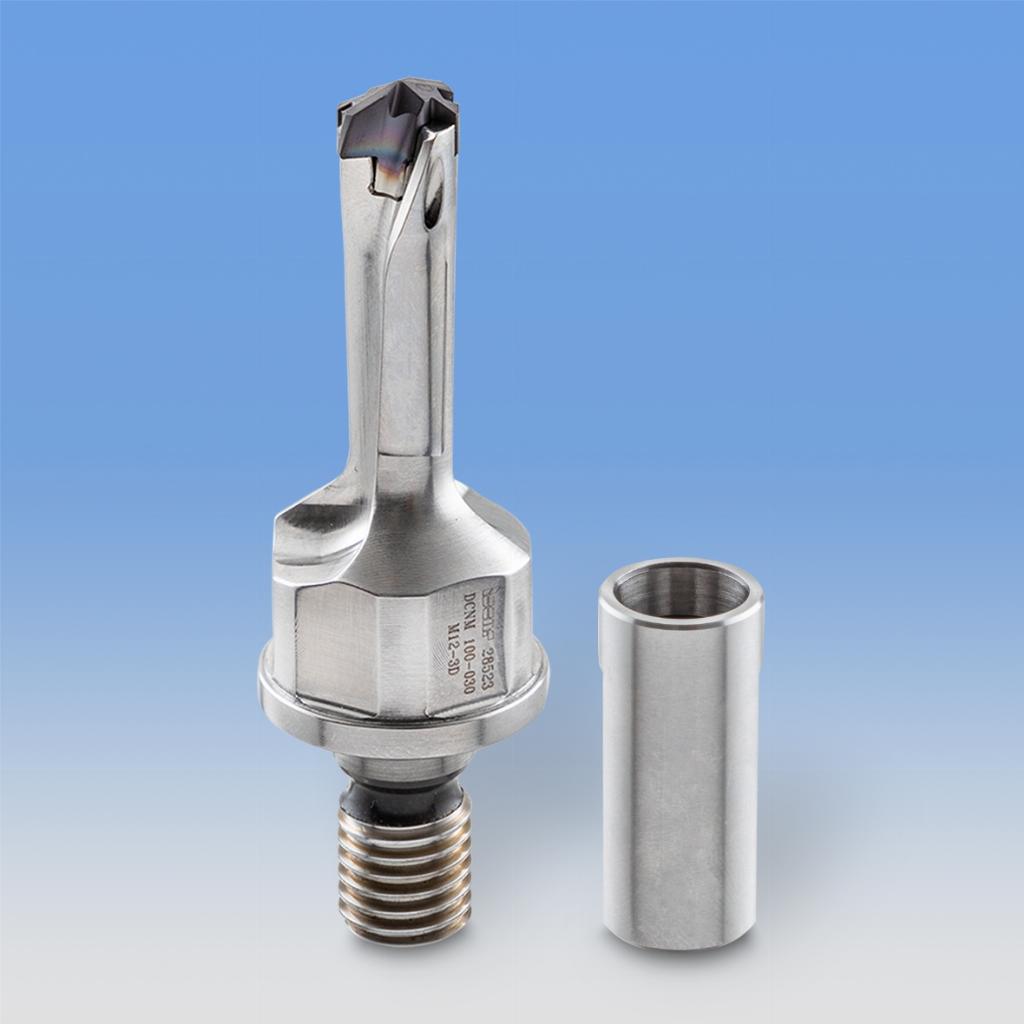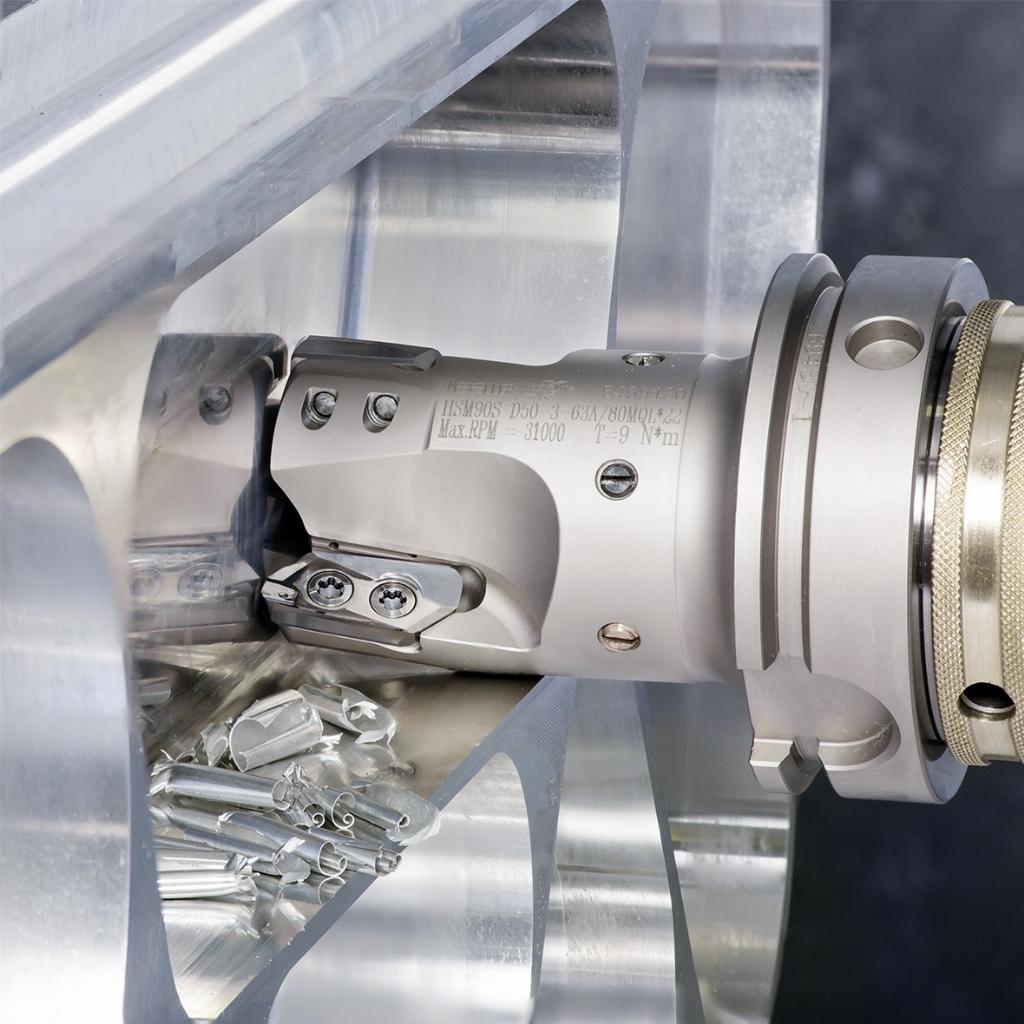Innovation never stops

The aerospace industry is not only one of the largest consumers of cutting tools, but also one of the most important driving factors for cutting tool development. Whatever the material or application, Iscar Tools keeps on innovating.
The aerospace industry features continuous efforts aimed at improving aircraft component manufacturing efficiency, increasing flight safety, and reducing potential environmental damage.
To achieve these goals, the industry must constantly improve the design of aircraft engines and airframe structural elements, to increase the protection of the aircraft from the damaging action of such dangerous factors as lightning and icing. This in turn has resulted in a series of industry demands, including the introduction of engineering materials that require new production technologies, developing appropriate machinery and cutting tools. The aircraft manufacturer has to deal with complex parts, which are produced from various materials with the use of different machining strategies. This is why the aerospace industry is considered as a powerful and leading force for progress in cutting tool development.
Many materials used for manufacturing aircraft components have poor machinability. Titanium, high temperature superalloys (HTSA) and composites are difficult-to-cut materials. In order to increase output rate and improve productivity, aerospace component manufacturers must use machine tools capable of implementing advanced machining operations. In such conditions, the role of cutting tools are significantly increased; however, they can represent the weakest link in the whole manufacturing system due to their low durability as a system element, which can decrease productivity. Aerospace customers expect higher levels of performance and reliability from cutting tools and manufacturers have been both challenged and inspired, in terms of developing and integrating sometimes unconventional solutions into their products, to meet these expectations.
Basic materials
Most cutting tools continue to be manufactured from cemented carbide. Over recent years, Iscar has introduced several carbide grades designed specifically for aerospace materials, including IC 5820. The grade combines the advantages of a new submicron substrate, a progressive hard CVD coating, and a post-coating treatment to substantially increase impact strength and heat resistance. The inserts from this grade are intended mostly for milling titanium. Pinpointed wet cooling and especially high-pressure coolant (HPC) significantly improve grade performance.
Ceramics, another tool material, possess considerably higher hot hardness and chemical inertness than cemented carbides. This means that ceramics ensure much greater cutting speeds and eliminate diffusion wear. One of the last Iscar's developments, a family of solid ceramic endmills, is intended for machining HTSA. These endmills are made from SiAlON - a type of silicon-nitride-based ceramic comprising silicon, aluminium, oxygen and nitrogen. When compared with solid carbide tools, the endmills enable an increase in cutting speed of up to 50 times, which can drastically save machining hours.
For turning applications, the company expanded its line of indexable SiAlON inserts for machining HTSA materials. The new products (Fig. 1) have already proved their effectiveness in turning aero engine parts from super alloys such as Waspaloy and different Inconel and Rene grades. In contrast to other silicon nitride ceramics, SiAlON possesses higher oxidation resistance but less toughness. Therefore, a key of a SiAlON insert reliability is additional edge preparation. Iscar's new ‘TE’ edge geometry has been developed to increase tool life in heavy load conditions during rough operations and interrupted cuts.
Advanced geometry
Improving a cutting geometry is an important direction in the development of cutting tools. Cutting geometry is a subject of theoretical and experimental researches, and advances in science and technology have brought a new powerful instrument to aid in tool design: 3D modelling of chip formation. Iscar’s R&D team actively uses modelling to find optimal cutting geometries and form the rake face of indexable inserts and exchangeable heads.

In hole making, applying modelling to the design process significantly contributed to creating a chip splitting geometry of SUMOCHAM exchangeable carbide heads for drilling holes with depth up to 12-hole diameters in hard-to-cut austenitic and duplex stainless steel.
Flexible customisation
Aerospace products can vary immensely in material, dimensions, shape, complexity, and more. To make such a diverse range of products, the product manufacturer needs dozens of machine tools and technological processes. Not every standard cutting tool is optimal for performing certain machining operations with maximum productivity and, consequently, the aerospace industry is a leading consumer of customised tools.
A customer producing titanium parts might be interested in solutions comprising indexable shell mills and arbors from the standard line; while another customer producing similar parts might prefer special milling cutters with an integral body, for direct mounting in a machine spindle.
Iscar developed the MULTI-MASTER and SUMOCHAM families of rotating tools with exchangeable heads and different body configurations to ensure various tool assembly options that simplify customisation and decrease the need for costly tailormade products.

Responding to demands from the aerospace sector, the company also expanded the MULTI-MASTER family by introducing a new thread connection to increase the diameter range for the exchangeable endmill heads to 32mm.
Aluminium machining
Although machining aluminium might appear to be an extremely simple process, effective cutting of aluminium actually represents a whole field of technology with its own laws and challenges.
The need to increase productivity and boost metal removal rates for milling aluminium workpieces, especially large parts of aerospace structural components, has led machine tool builders to develop milling machines with a powerful main drive - up to 150kW - with high spindle speeds of up to 33,000rpm. To meet this demand, Iscar has expanded its family of 90° indexable milling cutters by introducing new tools carrying large-size inserts that enable up to 22mm depth of cut (Fig. 4). The tools have been designed to eliminate insert radial displacement, which might occur due to high centrifugal forces during very high rotational speed. This concept facilitates reliable milling in a rotational speed range of up to 31,000rpm.

Iscar's cutting tool program for the aerospace sector is based on several principles: the complex needs of this industry, taking into consideration trends in metalworking, and the drive to strengthen partnerships with tool consumers. Iscar believes that such a tri-pronged approach ensures the successful realisation of innovative ideas for efficient machining of the difficult-to-cut materials that characterise this challenging and dynamic field.












